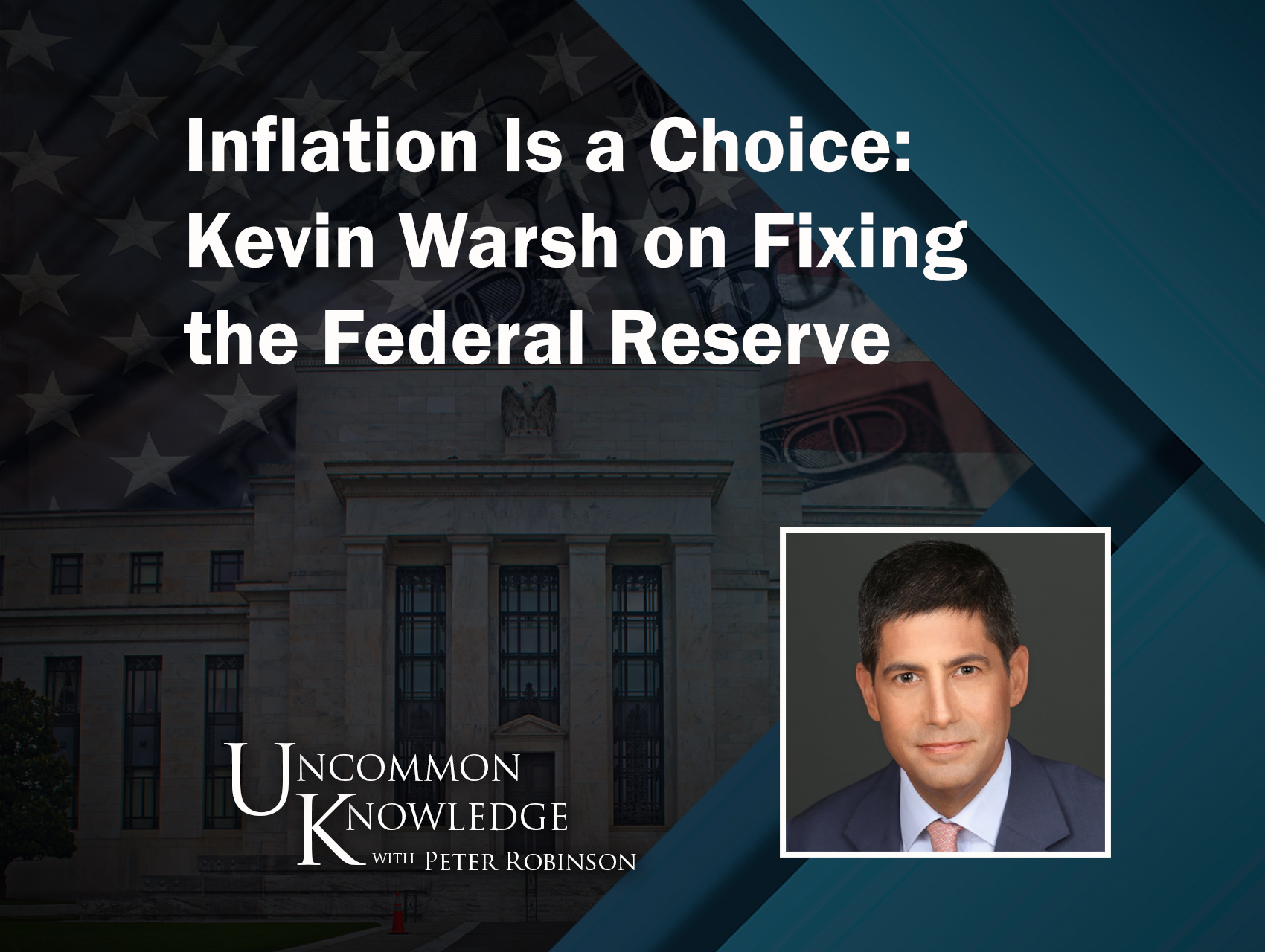Assessment of Higher Education and Alignment with Sustainable Development Goals
Challenges to SDG 4: Quality Education
A significant conflict has been reported between the federal administration and elite national universities, involving substantial reductions in institutional funding. This has initiated a broad discourse on the state of American academia. A prevailing sentiment suggests systemic issues within higher education, though consensus on solutions remains elusive. These developments raise critical questions regarding the fulfillment of Sustainable Development Goal 4 (SDG 4), which aims to ensure inclusive and equitable quality education and promote lifelong learning opportunities for all. The debate centers on whether institutions are maintaining their core mission of truth-seeking, a fundamental prerequisite for delivering quality education.
Institutional Integrity and SDG 16: Peace, Justice, and Strong Institutions
Concerns have been raised by a growing coalition of stakeholders that many universities are no longer functioning as effective, accountable, and inclusive institutions, a key target of SDG 16. It is argued that the capture of these institutions by specific ideologies undermines their public trust and purpose. This perspective has gained traction following institutional responses to major social and geopolitical events in 2020 and 2023. The debate over university governance is central to ensuring that higher education contributes to building peaceful and inclusive societies, as mandated by SDG 16.
A Framework for National Higher Education Reform
Analysis of Recent Reform Initiatives
Recent campaigns have targeted reform at specific institutions and within state-level systems. These piecemeal efforts provide a basis for a more systematic national program. Key initiatives have included:
- Leadership Accountability: An investigation into allegations of plagiarism against the former president of Harvard University, highlighting a focus on academic integrity at the highest levels of university governance.
- Policy Re-evaluation: The abolition of Diversity, Equity, and Inclusion (DEI) programs in numerous state universities. This reflects a contentious debate on the most effective strategies for achieving SDG 10 (Reduced Inequalities) within educational frameworks.
- Institutional Transformation: The restructuring of New College of Florida from an institution known for activist ideologies into one focused on a classical liberal arts curriculum. This case serves as a model for fundamental mission and curriculum reform.
Recommendations for a Systematized National Program
There is a recognized need to transition from isolated initiatives to a comprehensive program of national reform. To achieve this, a structured approach is required to systematize the lessons learned from recent campaigns. Such a program would aim to realign higher education with its foundational principles, ensuring its contribution to national progress and global development frameworks. This necessitates a renewed partnership between government, academia, and civil society, in line with SDG 17 (Partnerships for the Goals), to rebuild trust and create strong, resilient, and purpose-driven educational institutions for the future.
SDGs Addressed in the Article
-
SDG 4: Quality Education
- The article’s central theme is the state of higher education in America, directly engaging with the goal of ensuring quality education. It questions whether universities are still “truth-seeking institutions” and discusses reforms aimed at changing the nature and quality of the education provided, such as transforming a college into a “classical liberal arts institution.”
-
SDG 16: Peace, Justice and Strong Institutions
- The article addresses the integrity and accountability of universities as key societal institutions. It highlights a perceived corruption within academia, citing the exposure of a university president for plagiarism and the “capture” of universities by “destructive ideologies.” This connects to the goal of building effective, accountable, and transparent institutions.
-
SDG 17: Partnerships for the Goals
- The text describes a conflict between the government (“President Donald Trump”) and “America’s elite universities,” pointing to a breakdown in partnership and policy coherence. The call to “enact a program of national reform” is a direct appeal for enhancing policy coherence for development, in this case, the development of the higher education sector.
Specific Targets Identified
-
SDG 4: Quality Education – Target 4.3
Ensure equal access for all women and men to affordable and quality technical, vocational and tertiary education, including university. The article focuses heavily on the “quality” aspect of this target. The author argues that many universities have been “captured by destructive ideologies and are no longer truth-seeking institutions,” implying a severe decline in the quality of tertiary education. The reform efforts mentioned, such as transforming New College of Florida into a “classical liberal arts institution,” are presented as attempts to restore this quality.
-
SDG 16: Peace, Justice and Strong Institutions – Target 16.6
Develop effective, accountable and transparent institutions at all levels. The article critiques universities for a lack of accountability and effectiveness. The campaign that “exposed former Harvard president Claudine Gay for plagiarism” is a clear example of an action aimed at holding institutional leaders accountable. The general argument that “Something is deeply wrong with academia” points to a perceived failure of these institutions to be effective and transparent in their core mission.
-
SDG 17: Partnerships for the Goals – Target 17.14
Enhance policy coherence for sustainable development. The article illustrates a lack of policy coherence between the government and the academic sector. The administration’s decision to “strip billions of dollars in funding” from universities represents a significant policy action born out of conflict. The author’s call to “systematize the lessons of these campaigns and to enact a program of national reform” is a plea to create a more coherent and unified national policy for higher education.
Indicators for Measuring Progress
-
Indicator: Incidents of academic misconduct and institutional response.
The article explicitly mentions the case of “former Harvard president Claudine Gay for plagiarism.” The number of such high-profile cases and the subsequent institutional actions (or lack thereof) can serve as an implied indicator for Target 16.6, measuring the accountability and transparency of academic institutions.
-
Indicator: University policies on Diversity, Equity, and Inclusion (DEI).
The article refers to the initiative to “abolish DEI in dozens of state universities.” From the perspective presented in the article, the presence or abolition of DEI programs is used as a measure of whether a university adheres to what the author considers “truth-seeking” principles versus “destructive ideologies.” This can be seen as an informal indicator for the quality of education (Target 4.3) and the nature of institutional decision-making.
-
Indicator: Level and direction of government funding for higher education.
The article opens by stating the administration’s decision to “strip billions of dollars in funding from the Ivy League.” This financial flow is a direct and measurable indicator of the relationship and policy coherence (or lack thereof) between the government and universities, relevant to Target 17.14.
Summary Table of SDGs, Targets, and Indicators
| SDGs | Targets | Indicators |
|---|---|---|
| SDG 4: Quality Education | Target 4.3: Ensure equal access for all women and men to affordable and quality technical, vocational and tertiary education, including university. | Prevalence of specific curricula (e.g., “classical liberal arts”) versus what the article terms “destructive ideologies.” |
| SDG 16: Peace, Justice and Strong Institutions | Target 16.6: Develop effective, accountable and transparent institutions at all levels. | Number of high-profile academic misconduct cases (e.g., plagiarism) and the institutional response; Number of universities with DEI programs abolished. |
| SDG 17: Partnerships for the Goals | Target 17.14: Enhance policy coherence for sustainable development. | Changes in federal funding levels for universities; Enactment of a “program of national reform” for higher education. |
Source: thefp.com







